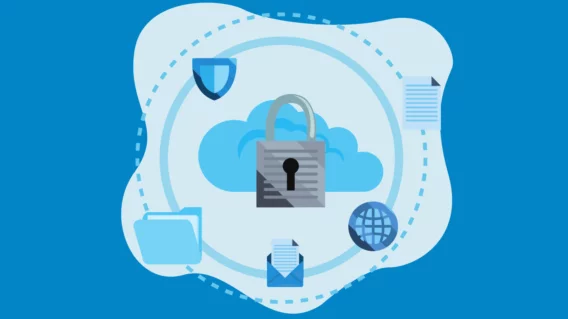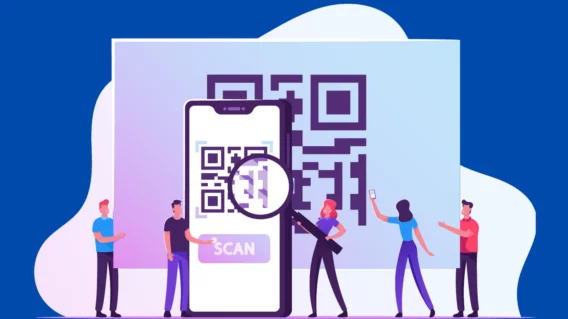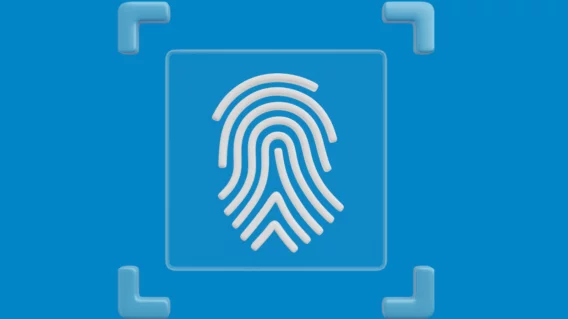4 Essential Cybersecurity Measures Everyone Should Implement

With the growing sophistication of cyberattacks, it’s never been more important to ensure your digital activities are safeguarded. There are multiple security measures you can take, but the 4 detailed in this article are absolutely critical. Following these 4 will make your home or business network significantly more resilient and far less likely to be compromised by a cyberattack.
Setting the Cybersecurity Stage
Every interaction, every piece of data shared, and every online transaction is a potential vulnerability point if left unprotected. Cybersecurity isn’t just about protecting bits and bytes but is crucial for protecting our personal information, financial assets, and even our identities. By understanding and implementing key cybersecurity measures, we not only shield ourselves from threats but also contribute to a safer digital ecosystem for everyone.
As we dive into the pivotal security measures, it’s essential to understand that cybersecurity is not a one-off task. It’s a continuous process of updating, educating, and adapting to the evolving threat landscape. Each measure discussed in this article is a key piece of the protective armor that, when combined, provides a robust defense against most online threats.
1. Identify and Counteract Phishing Attempts
Navigating the digital landscape requires vigilance against deceptive tactics. Among these, phishing stands out as a significant threat.
Phishing Recognition
Phishing remains one of the primary techniques cybercriminals use to deceive individuals into providing sensitive data or executing malicious software. Key indicators of phishing attempts include:
- Emotive language prompting immediate action.
- Unsolicited requests for personal or financial details.
- Email addresses and/or URLs that don’t match the supposed sender’s address or are oddly formatted.
Notably, while spelling and grammar errors were once reliable flags, modern phishing attempts may be flawlessly composed due to the application of AI writing tools.
Defensive Actions
- Resist: Abstain from clicking on suspicious links or opening unexpected attachments.
- Report: Use built-in features in email clients to report suspected phishing. In business environments, follow the set procedures for reporting.
- Eradicate: Eliminate the email from your inbox. Refrain from any interaction, including unsubscribing.
2. Implement Robust Password Protocols
Passwords act as the initial line of defense, protecting data from unauthorized intrusion. Passwords must be structured to withstand various cyber attacks.
Constructing a Secure Password
Weak passwords offer minimal resistance to brute-force attacks. To enhance password strength:
- Length: A minimum of 16 characters is recommended.
- Complexity: Combine uppercase and lowercase letters, numbers, and symbols.
- Variability: Adopting phrases composed of unrelated words, possibly with intentional misspellings or numeric substitutions, can heighten security.
Password Management
The necessity of unique passwords for different accounts can lead to an overwhelming number of complex combinations to remember. This is where a password manager becomes a game-changer. These tools are designed to generate cryptographically secure passwords and store them in an encrypted vault, accessible only through a master password.
With a reliable password manager, not only is the burden of remembering multiple passwords alleviated but the assurance of enhanced security is also provided. By entrusting a dedicated tool to oversee password creation and storage, one further solidifies their digital defenses against potential breaches.
For more information about password best practices, go here.
3. Turn On Multifactor Authentication (MFA)
As cyber threats grow in complexity and sophistication, a singular password-based protection system does not suffice. Introducing Multi-Factor Authentication (MFA) can add a reinforced layer, significantly reducing the likelihood of unauthorized access.
MFA Explained
MFA is a security enhancement that requires users to prove their identity through multiple verification steps before granting access. The rationale behind this method is that while a cybercriminal might steal or decipher one piece of evidence concerning your identity, it becomes exponentially more challenging for them to have multiple proofs.
By coupling something you know (like a password) with something you possess (like a mobile device) or something inherent to you (like a fingerprint), it creates a multi-layered defense mechanism, ensuring greater protection for your accounts.
Setting up MFA
When considering an upgrade to your account’s security, implementing MFA should be a top priority. Here’s how you can set it up:
- Locate: Navigate to the account settings of the application or platform.
- Activate: Search for MFA or related terms (two-factor authentication, two-step verification) and enable it.
- Verify: Choose the preferred method, whether it’s a one-time code sent through text/email, an authenticator application, or biometric measures like facial recognition or fingerprints.
The adoption of MFA is a proactive approach to cybersecurity. By mandating multiple verification methods, it acts as a deterrent to potential hackers, reinforcing the security walls of your digital profiles. In an era of ever-evolving cyber threats, embracing such robust measures is not just beneficial, but essential.
4. Consistently Update Software
When it comes to cyber safety, keeping all software updated is critically important.
Why Updates Matter
Every software update serves as a response to the dynamic challenges in the digital space. They not only introduce new features but, more importantly, patch vulnerabilities, making systems less susceptible to cyberattacks. Software updates frequently address these vulnerabilities that have been identified since the last version. Delaying these updates leaves systems exposed to known threats, giving cybercriminals the advantage of exploiting these weak points.
Streamlining the Update Process
To ensure that you’re consistently safeguarded against threats, it’s essential to have a systematic approach to software updates. The following strategies can assist:
- Be Alert: Monitor for and pay attention to notifications pertaining to available updates.
- Prompt Action: Execute software updates immediately upon notification. Time is of the essence when it comes to security patches.
- Automate: Utilize automatic updates where feasible. By doing so, you’re ensuring timely software updates without the need for manual intervention, guaranteeing that your system is always fortified with the latest protective measures.
Wrapping Up
Having journeyed through the essential cybersecurity steps, it’s clear that a proactive stance is critical. Each component, from recognizing phishing threats to ensuring software is consistently updated, builds on the other, fortifying the defenses against potential cyberattacks.
It’s also paramount to realize that cybersecurity isn’t a solitary endeavor. Sharing knowledge, educating peers, and staying updated on emerging threats ensures collective protection, especially if you run a business.
Emsisoft Endpoint Protection: Award-Winning Security Made Simple
Experience effortless next-gen technology. Start Free TrialAs we advance our digital security, let’s remember that each layer of protection we incorporate not only safeguards our data but also reinforces the broader digital world against cyber threats.


